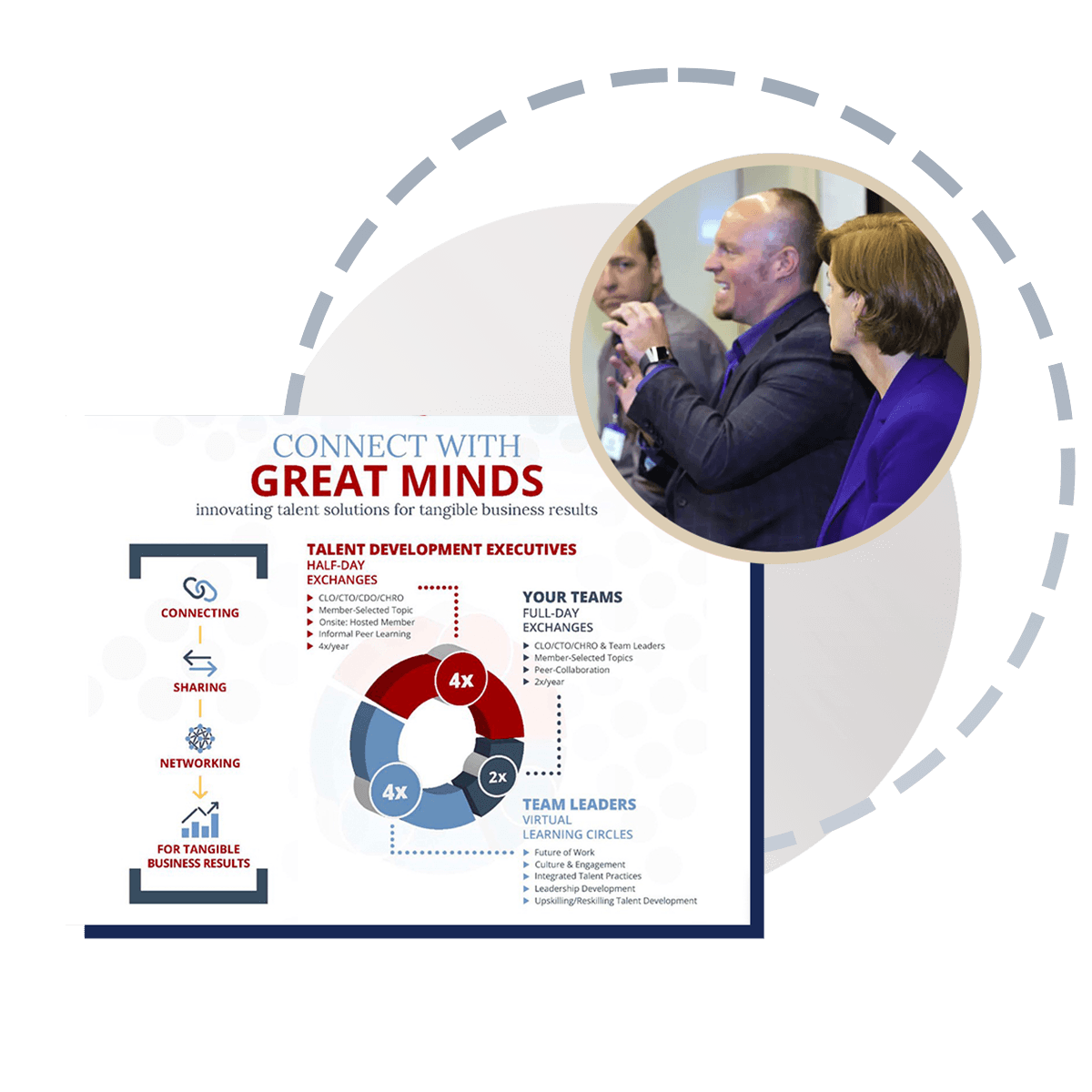This highlight video is from January 10, 2024 session AI Tools & Resources Assisting L&D | Use Case #1: The Chronicles of Yarnia
Session Focus: Build fantastic AI-generated images and video shorts (www.thethinkingeffect.com)
AI tools have infiltrated nearly every industry, reshaping workflows and enhancing efficiencies. The realm of Learning & Development is no exception as AI introduces new opportunities to create rich, immersive learning experiences. In this ELE mini-series "AI Tools & Resources Assisting L&D” senior leaders and enthusiasts will gain practical insights into implementing AI in talent strategies.
"You shouldn’t be afraid of AI taking your job, but you should be afraid of someone who knows how to use AI taking your job." - Mike Kester
The first session focuses specifically on the basics of AI tools for L&D leaders and people managers.
Leo’s presentation “The Chronicles of Yarnia” fantastically demonstrates video generation tools. Using AI image generators MidJourney and Picsart coupled with video synthesis tools like Adobe Premier, Leo constructs a creative children’s storybook-style animated short. He acknowledges current limitations—keeping characters visually consistent frame-to-frame remains challenging. But the pace of progress promises more seamless, customizable video creation capabilities on the horizon. AI unlocks an efficient avenue for generating simulated scenarios, microlearning content, and other engaging learning formats.
Three key takeaways emerge from this use case:
- Experiment with AI tools now for faster content creation. Tools like ChatGPT can rapidly generate training scenarios, scripts, and simulations that previously took a manual and time-intensive effort.
- AI video generation unlocks new formats for engaging learners. Though still imperfect, AI synthesis technology allows creating dynamic motion graphics and microlearning video content more efficiently.
- Implement governance frameworks and monitor risks. As with any new technology, AI requires updated data privacy, security and ethics policies. However, low-risk experimentation expands understanding of AI impacts across the organization.
These takeaways emphasize the efficiencies AI introduces for learning teams, creative potential for next-gen learning formats, and need for governance foundations as adoption spreads. They present a compelling case for thoughtful but proactive AI experimentation given the promise and acceleration of artificial intelligence capabilities across industries.
